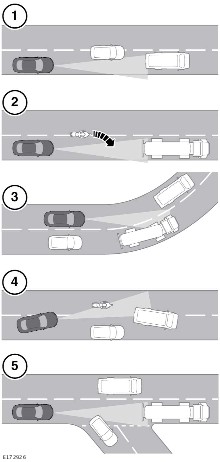Tam
Well-Known Member
...Also just saw the statements by the "expert" the Times called in that said radar would have detected the truck and would have prevented the accident, and speculated that the radar data was not being used. Even putting aside this accident was in 2019 (when Tesla definitely was using radar), radar is well known for doing a poor job dealing with changing targets and things partially in the lane....
By its well-known limitation in the car industry, radar ignores stationary obstacles but it excels in detecting moving obstacles. Previous autopilot accidents with fire trucks, police cars partially blocking the lane reflect the limitation: those fire trucks and police cars partially blocking the lane were not moving, they were stationary obstacles. The Model X autopilot collided with the median concrete barrier in Mountain View reflects the same limitation: That barrier was sitting duck, without moving, a stationary obstacle.
This case is very different: The radar is at its strong points because the pickup truck was moving.
It's possible that although some Tesla cars have radar, its priority is affected by the bias against it because Tesla believes in Pure Vision, and not Sensor Fusion.



